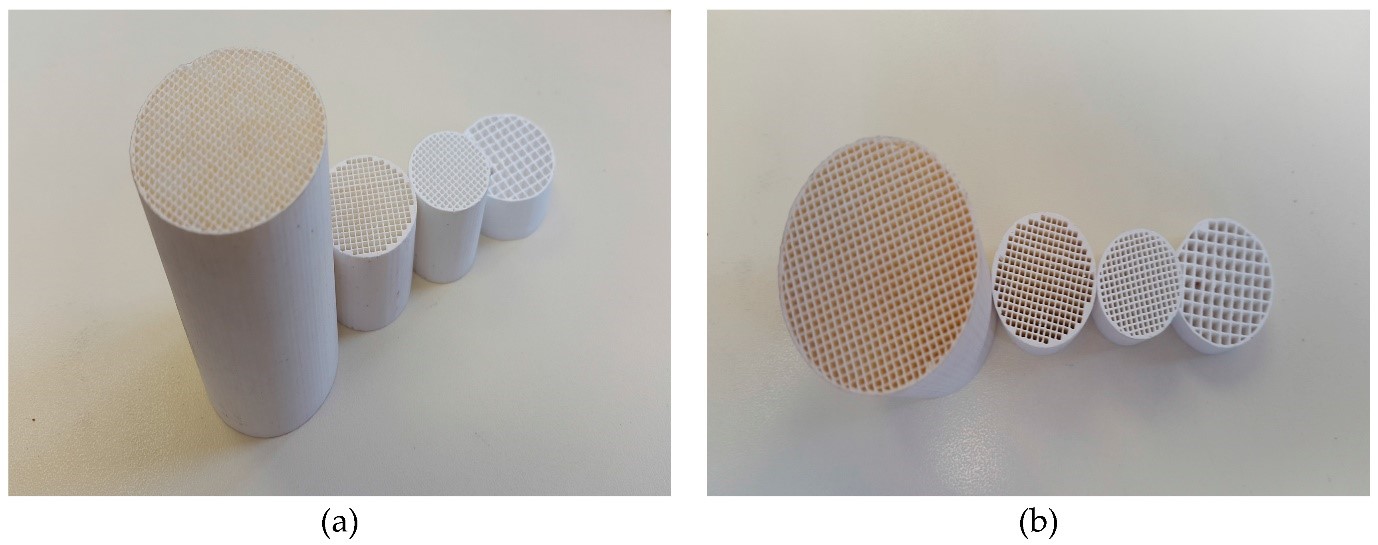This is Part 1 of a two-part series of blog posts on Fixed Bed Catalytic Reactors. Catalysis is at the heart of modern chemical processing. Some of the largest volume chemical products today are produced catalytically. For example, petroleum refining involves alkylation as one of the processes, and the Table below (Ref. Handbook of Catalysis) shows a variety of catalysts used for this process.

Catalytic processes often employ heterogenous catalysts and fixed bed reactors are the most common ways to run heterogenous catalysts for continuous processes. At Amar, we sell a variety of fixed bed reactors for catalytic applications. Some are standard, off-the-shelf models whereas many customers want a customized system fit for their particular application. Some of our fixed bed catalytic reactors are shown below.

In this blog post, we try to highlight some of the design choices available to customers selecting a fixed bed for their applications.
- Adiabatic vs Isothermal operations: Unlike a stirred reactor it is relatively easier to run a fixed bed in isothermal mode provided the tube diameter is small and the reaction is not highly exothermic. Often customers will combine multiple tubes packed with catalyst in a single shell filled with a heat transfer fluid.
- Single vs Multi bed: If interstage cooling is provided each stage can be run isothermally. Sometimes a feed needs to be provided by side injection into a bed or sampling points for pilot plant applications. Multiple beds can be flexibly hooked up in series or parallel mode.
- Flow Mode: For Gas Liquid contacting operations both co-current and counter-current modes should be evaluated. Sometimes more complex designs such as radial flow are required due to pressure drop limitations. It is also sometimes possible to run the reactor as a trickle bed where the gas diffuses through a thin film of liquid that is wetting the catalyst particles.
- Upflow vs Downflow: Considerations such as even distribution of bed, or the swelling or attrition of catalyst particles can drive this decision. Holddown rings or support mesh needs to be provided appropriately but otherwise, this choice can be fairly flexible.
- Catalyst shape and size: Remember catalysts as powders are suitable for stirred reactors but often may produce pressure drops too high for fixed beds. Other choices are pellets, rods, and various other shapes and extrudates which optimize heat/mass transfer versus pressure drop. Some applications may want to calculate the Thiele Modulus to decide appropriately. For some niche applications with viscous liquids or where deltaP is critical do not forget to consider structured catalysts. See the image below (Courtesy Review on Monolith Catalysts by Freidrich and Govender Catalysts2017, 7(2), 62 )

Hope this post gives our readers a brief introduction to fixed bed catalytic reactors. Stand by for Part 2 of this blog post for more details.
Meanwhile do contact our experts at Amar to discuss your next fixed bed catalytic reactor application.



